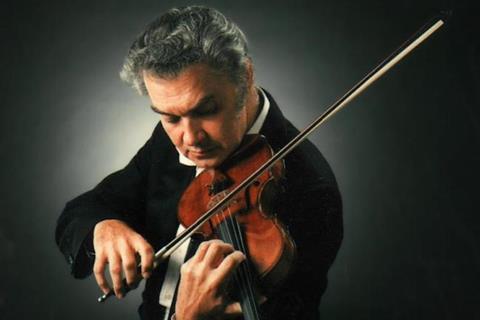The former concertmaster of the Royal Concertgebouw and Chicago Symphony Orchestra, among other ensembles, shares his thoughts on the value of violins and bows as investments

Albert Einstein was a reasonable amateur violinist who frequently played chamber music with pianist Artur Rubinstein, cellist Gregor Piatigorsky and violinists Fritz Kreisler and Bronislaw Huberman. He said that compound interest is the eighth wonder of the world. I am told that global equities, compounding in tax- advantaged accounts have produced the best investment results for many years.
The major exception to this is certified, master-made string instruments and bows. String players use these as tools throughout their careers and often sell them or leave to their estates many years later. All tools and equipment depreciate with use, but the right violins and bows grow in value. They have produced exceptional investment results despite their poor liquidity, the high cost of selling, and the taxman’s share.
Read: The Art of Leadership: Steven Staryk
Read: Steven Staryk on being a virtuoso violin collector
I am often asked if they will continue to appreciate from their present high levels at the same rate as they have in the past. Well, a $1 million violin is not 100 times better than a $10,000 violin. In fact, performing before an audience of some 200 people at the Musical Instrument Museum in Phoenix in 2015, Rachel Barton-Pine compared several modern violins, with several 300-year-old Cremona violins. The organizers asked the audience to vote on which one they liked most without knowing which violin she was playing. A violin made in 2013 by Arizona luthier Joel Shewchuk placed ahead of the Cremona masters. A Shewchuk violin, worth a small fraction of the multi-million dollar Cremona violins, is all I own now in retirement.
The high prices of Cremona violins primarily derive from their value as works of art. Paintings and sculptures have been auctioned off for hundreds of millions of dollars each. Works-of-art violins, violas and cellos have lots of room to grow in value.
Interview by Milan Somborac
This is the second in a series of articles sharing Steven Staryk’s thoughts on violin collecting



































No comments yet